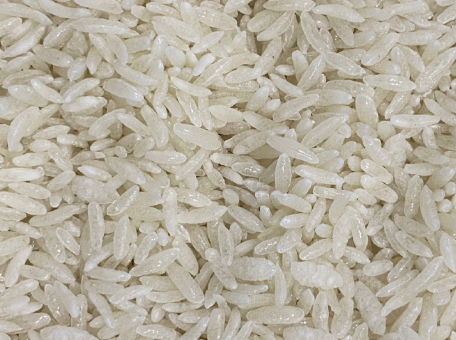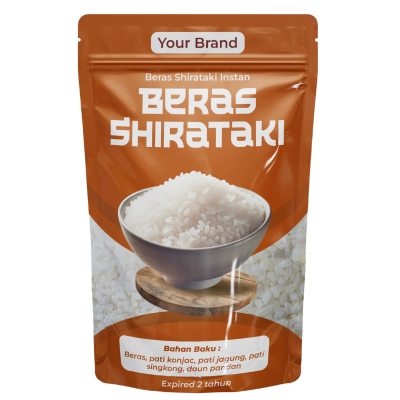

Shirataki rice is a low-calorie, low-carbohydrate rice substitute made from the konjac (porang) tuber, which contains the natural fiber glucomannan. It resembles the shape and texture of regular rice but contains no calories, sugar, or fat. Shirataki rice is suitable for individuals with diabetes, those following a keto or vegan lifestyle, and anyone on a low-calorie diet.
Trade Name | Shirataki Rice |
|---|---|
Packaging | 40 g sachet,1 kg pouch, Custom |
Shelf Life | Expired in 2 years |
Storage Intructions | Store in a cool, dry place, away from direct sunlight |
Ingredients | Rice flour, konjac starch, corn starch, cassava starch, pandan leaf |
Main Raw Material Production Area | Locally Produced (Domestic Production) |
Energi Total | 140 kkal |
|---|---|
Energi dari Lemak | 0 kkal |
Lemak Total | 0 g |
Lemak Jenuh | 0 g |
Protein | 34 g |
Karbohidrat Total | 4 g |
Gula | 0 g |
Garam (Natrium) | 0 mg |
For more information regarding the nutrition of this product, please contact our experts directly.